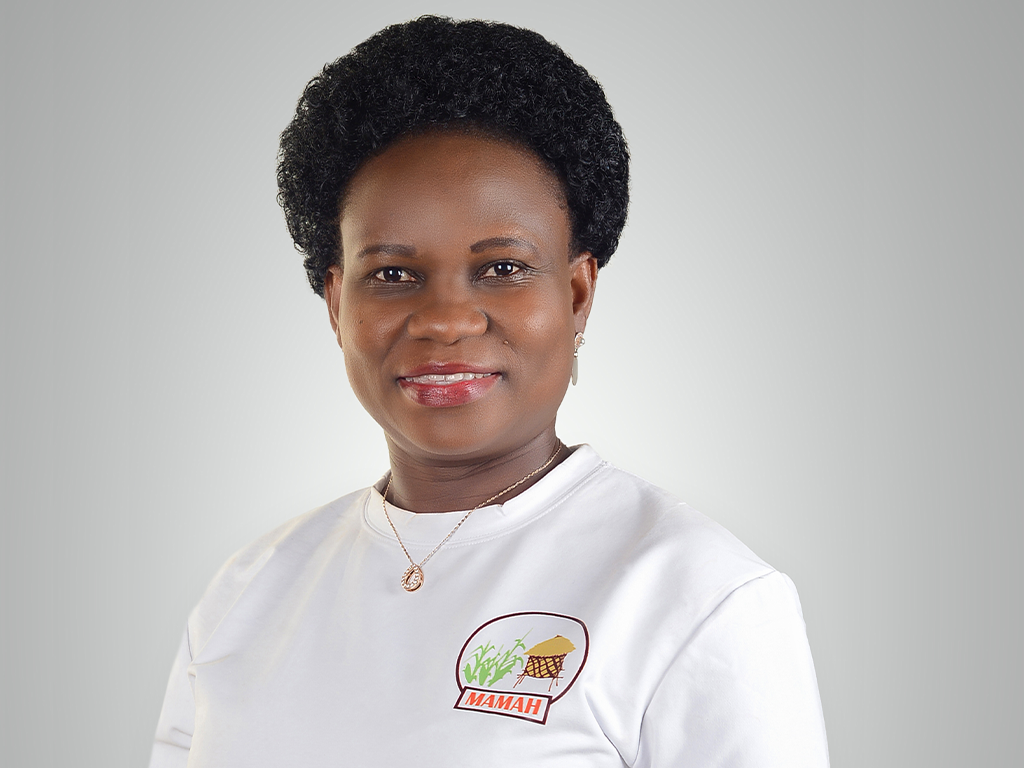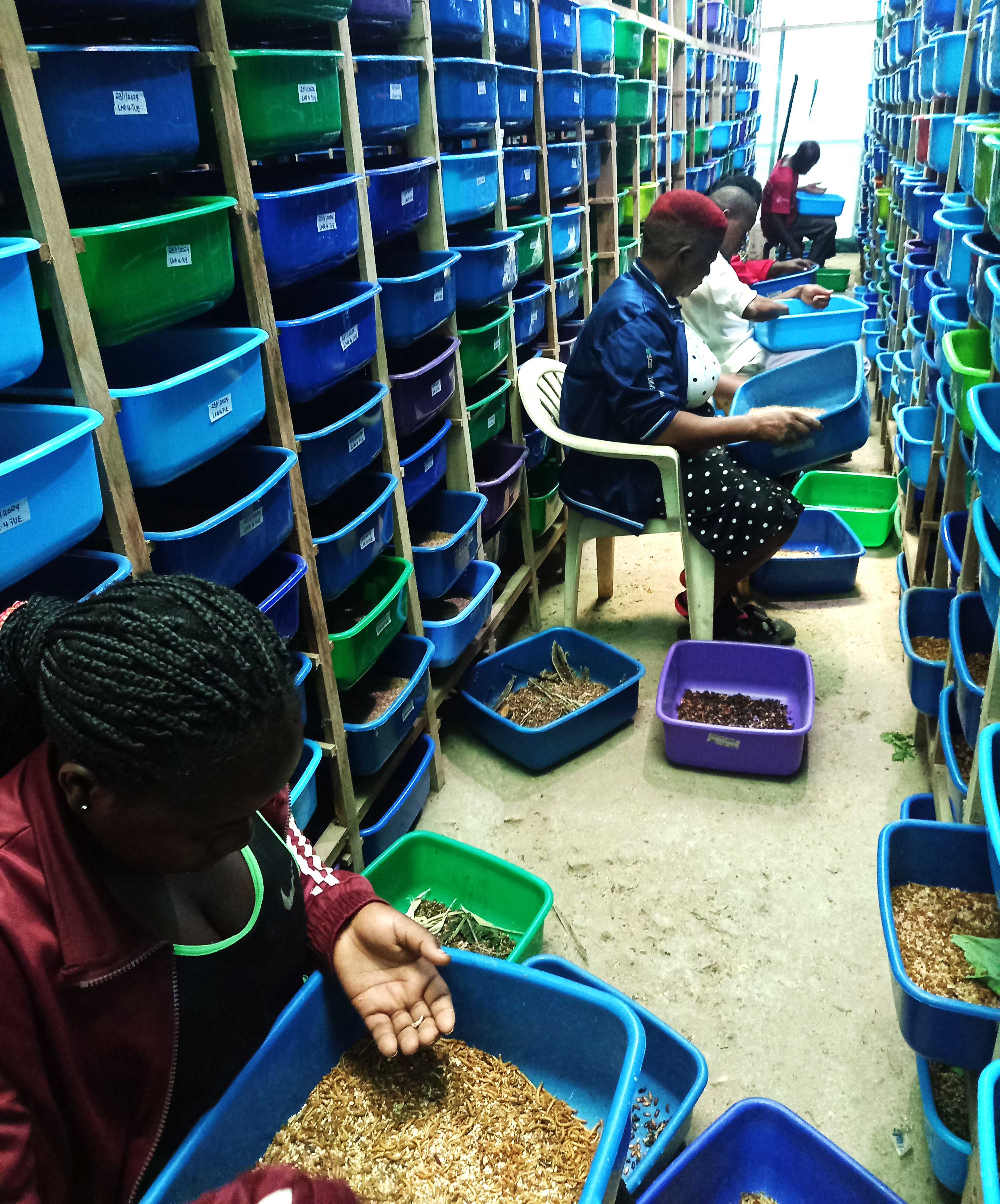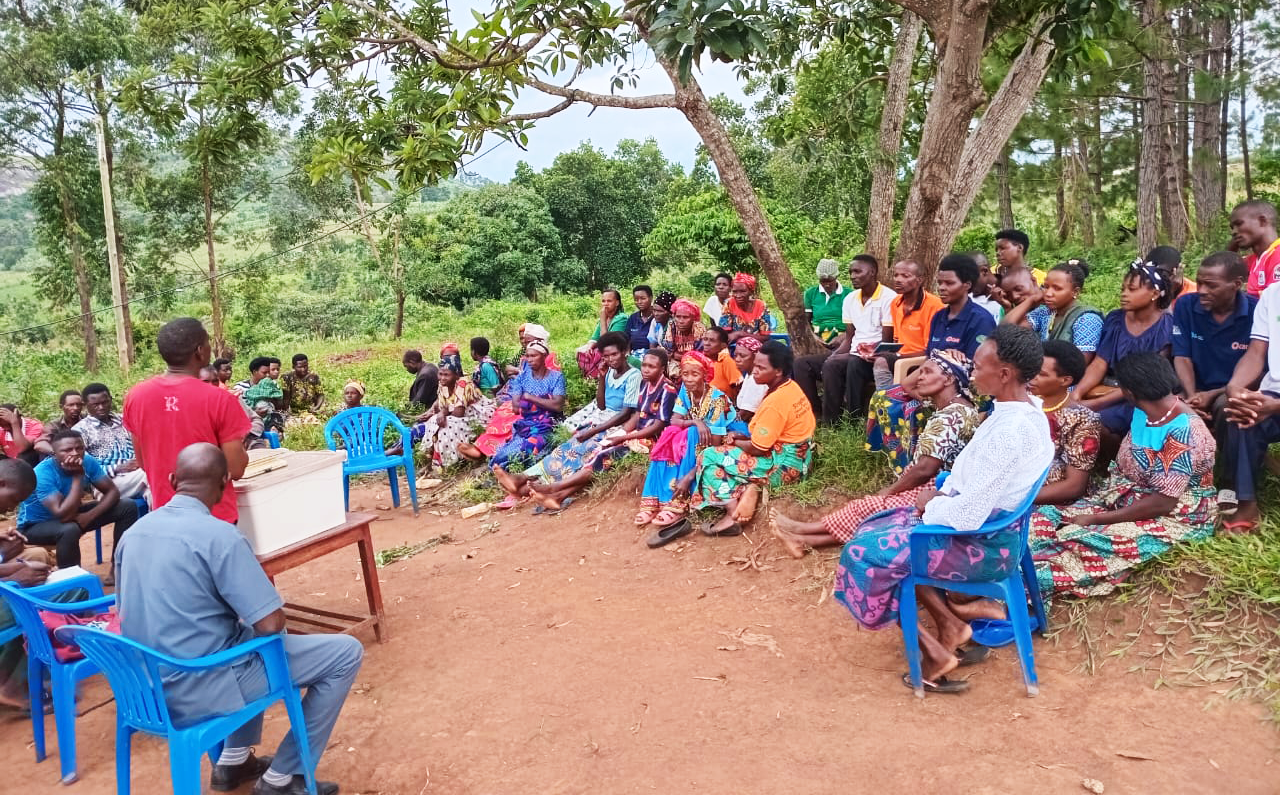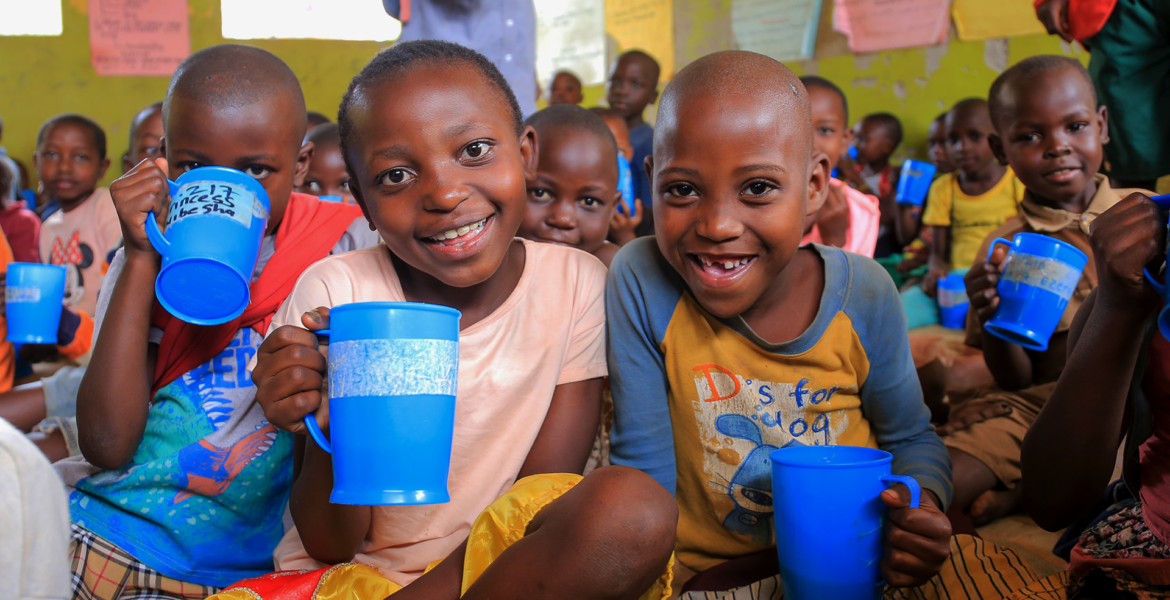Malnutrition continues to cast a long shadow over women and girls in East Africa. Despite the region’s enormous potential for agricultural growth, persistent food insecurity fueled by climate change, conflict, and economic shocks has left millions struggling to access basic nutrition. However, Gwokyalya Violet, is redefining the fight against hunger by using an unlikely ally: insects. Her organization Mothers Against Malnutrition And Hunger (MAMAH), is leveraging sustainable insect farming technology to address the region’s worrying nutrition challenges.
Africa is not on track to meet the food security and nutrition targets of Sustainable Development Goal (SDG) 2 and the Malabo targets of ending hunger and all forms of malnutrition by 2025. According to a recent report by FAO, East Africa’s food crisis has reached alarming proportions with nearly 282 million Africans undernourished in 2022 an increase of 57 million since the COVID-19 pandemic. Women, especially in Eastern and Northern Africa, bear the brunt of this crisis. In 2022, nearly 60% of African women faced moderate or severe food insecurity, a stark gender disparity that perpetuates cycles of poverty and inequality.
The implications are devastating. “In life, we become what we eat,” says Violet. “A girl who is poorly fed will not perform well in school, struggles to compete in the workforce, and faces challenges in raising healthy families. Breaking this cycle is critical to our communities’ futures.”
The epiphany
Working as a graduate intern in the malnutrition unit at Uganda’s national referral hospital, Mulago Hospital, Violet witnessed a disheartening cycle. Mothers would bring malnourished children to the hospital, where they were rehabilitated and educated about proper nutrition. Yet, just months later, the same mothers would return with the same children, often in worse condition.
“Day in and day out, mothers would bring their malnourished children to the hospital,” she recalls. “We would rehabilitate a child, you send back the mother, of course after educating her on what to do. But in about two months, the same mother comes back with the same malnuorished child, and many times worse than actually, the first time you tended to them.”
“I looked at the products we used for them, and the ingredients were actually available locally, although we were importing them at the time. I started asking myself, really, why would we wait for these mothers to keep coming to the hospital with their children? They could lose them, some of them were actually dying in the hospital yet we could use locally available resources to address malnutrition sustainably, right at the community level.”

This realization planted the seed for Mothers Against Malnutrition and Hunger (MAMAH), an organization Violet launched in 2012. With a focus on community empowerment and innovative, climate-smart solutions, MAMA is revolutionizing the fight against malnutrition in Uganda.
Innovating with Insects
MAMA’s groundbreaking approach lies in its promotion of edible insect farming as a sustainable, cost-effective, and nutrient-rich solution. The organization supports communities, including vulnerable populations like schools and refugees, in rearing insects such as crickets, grasshoppers, and black soldier flies.
“Insects are packed with nutrients and require minimal resources to rear,” Violet explains. “They’re a game-changer for communities with limited access to land, capital, and water.”
MAMA’s model integrates insect farming with closed-loop waste management systems. In schools, for instance, students collect household food waste to feed the insects, while the insects’ excreta serve as organic fertilizer for vegetable gardens. These farms double as science learning centers, where students explore sustainable food production.
The approach has been particularly effective in resource-constrained areas like Uganda’s refugee settlements.
MAMAH’s community-based insect breeding centers serve as hubs for women and other community members to access insect eggs and hatchlings for rearing. “These centers are run by lead farmers who receive specialized training in insect breeding,” Violet explains.
The organization also introduced household kits, enabling refugees to rear insects in small spaces. “These kits are simple, affordable, and designed to suit refugees’ limited resources. They can rear insects using waste generated in their homes, which helps produce food and income simultaneously,” she adds.

Turning Waste into Wealth
MAMA’s innovation extends beyond nutrition. The organization collects biodegradable waste from markets, which is then used as insect feed. This not only addresses waste management issues but also generates income for women and youth who rear insects. “In the community we work with markets, there’s a lot of biodegradable waste. Uganda is basically an agrarian society, and there’s a lot of waste generated in the markets from foods like avocado, pineapple, and tomatoes. So things are wasted in the market. We work with the market vendors, and then our farmers collect that waste and take it to their breeding centers. But we are also establishing formal relationships with the municipal authorities because there’s a lot of garbage generated in the cities that is leading to disease outbreaks.”
MAMAH’s approach has been successful. The organization has established 16 school-based and community insect breeding centers, providing women and youth with kits and training to rear insects at home.
“We have trained 960 farmers in the rearing of black soldier flies for feeds. And for food, we have trained 1200 beneficiaries in the rearing of yellow mealworms which has supplemented their income. For instance, farmers rearing black soldier flies for animal feed can earn an average of 25,000 Ugandan shillings monthly from just one household kit. Those who expand their production can earn even more, turning waste into a valuable resource.”
A Cultural Fit
Edible insects are not new to many African communities. Violet notes, “Insects like grasshoppers have traditionally been part of diets. In refugee and cultural settings where people already consume insects, the adoption of insect farming is much higher than anticipated. Educating communities about the nutritional value of insects and innovations for rearing them in captivity has been key to their acceptance.”
MAMA collaborates with religious, cultural, and local leaders to identify and challenge harmful norms. Through ceremonies, sermons, and public forums, these leaders promote positive messages, empowering communities to address gender-based inequities and ensure women’s access to nutritious foods.
In 2024, MAMA reached over 83,000 people in Kyegegwa District with messages challenging negative norms. Schools also hosted debates to equip students with critical thinking skills to reject harmful practices and advocate for gender equality.

Scaling Up and Facing Challenges
Despite its successes, MAMA faces significant hurdles. Violet notes, the growing demand for insect-based solutions exceeds the organization’s capacity to scale. “We need resources to establish more breeding centers, provide stock to farmers, and expand our impact,” Violet says.
To address these challenges, MAMA is launching an ambitious project to support commercial scaling. “We are working on establishing a food production facility to add value to the insects, package them so that they can be sold to other schools.”
The organization is also exploring technology to make insect rearing more efficient and less labor-intensive.
“We need support from funders, academic institutions, and technology partners to automate insect rearing and expand our reach,” says Violet. “Partnerships are key to scaling our impact.” MAMAH has previously received support from DANIDA/CISU, Novo Nordisk Foundation, One Life Foundation, RAISE, and CARE International Uganda.
Looking ahead, Violet says MAMA’s ultimate goal is to is to expand its reach across the vulnerable populations in East Africa and beyond, and ensuring that every girl grows up with the nutrition she needs to thrive.
“If we do feed this girl well, she grows up into adulthood well fed, she gives birth to another generation that is well fed and can compete favorably. Then we start to see an investment that is affecting generations and generations .”
For Violet, this fight is personal. “Seeing families empowered to raise healthy children and communities take charge of their food security makes me feel so happy,” she says. “I feel like I have contributed to humanity.”
This article is part of Zuba Network’s Nourish Her Future series, created with the support of the African Union Nutrition Fellowship, an initiative by the African Union in collaboration with Nutrition International.

